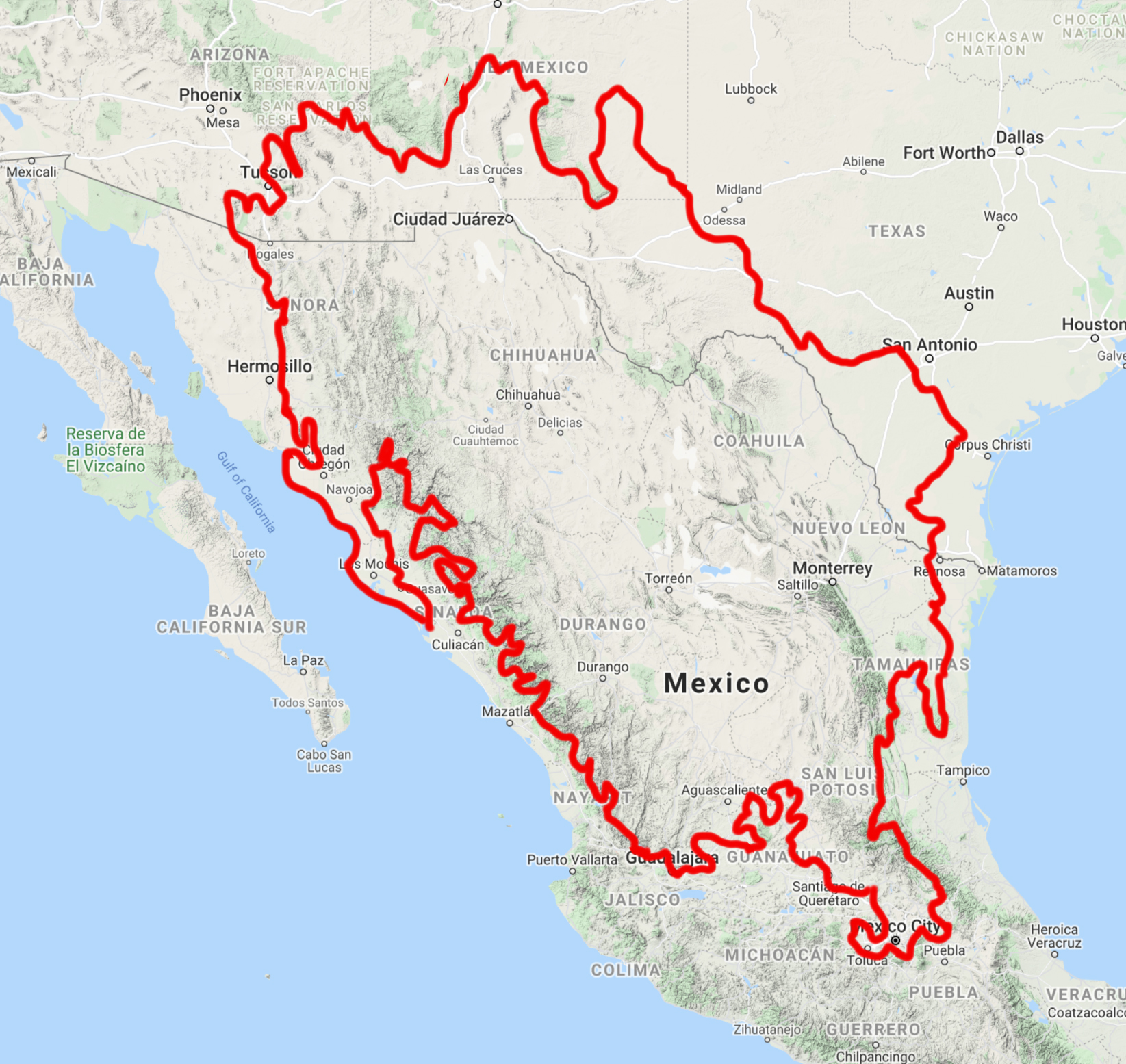Golden barrel cactus: an amazing source of food for desert pollinators
Our “Species of the Week” series highlights the flagship species of each of the 844 unique ecoregions contained within Earth’s bioregions.
In Central Mexico, there lies a habitat with dramatically contrasting elements. A flat desert is surrounded by mountains with spots of mountain ranges encompassed inside. With hot summers, mild winters, and an average annual precipitation of less than 500 mm (19 in), it takes special evolutionary developments for any species to survive this climate. Growing on the slopes of volcanic rock is the golden barrel cactus. A perfectly round orb, its pattern of crisscrossing spines amaze both biologists and mathematicians alike.

Golden barrel cactus are the flagship species of the Central Mexican Matorral ecoregion, located in the bioregion of Sierra Madre Forests & Mexican Drylands (NA29).
Scientifically known as Echinocactus grusonii and hilariously nicknamed the “mother-in-law's cushion,” the golden barrel cactus can grow to 1 meter (3 ft) high and 1 meter (3 ft) wide. Up to 35 pronounced ribs can be found in mature plants which sprout the sharp spines that are various shades of yellow. Resembling spikes, the spines overlap between each rib which protects the cactus from predators. Young golden barrels do not have such a symmetrical look, it can take up to 20 years to reach full maturity.
Once fully grown, the golden barrel cactus begins to bloom small, yellow flowers around the top of its crown in the summer. These buds attract essential pollinators like bees and butterflies. Birds of this region can also use specialized beaks to pull out the fruit inside the flowers. Consuming the fruit’s seeds helps spread the cactus around the region. Golden barrel cacti can also regenerate themselves. New offsets, called pups, grow in clusters from a well-established root base.
Classified as endangered, the major threat to golden barrel cacti is human development with agriculture and livestock grazing decimating their environment. Only 6% of their historical range is intact, 5% within protected areas and less than 1% outside protected areas. Yet, the golden barrel’s round shape has made it trendy in contemporary garden designs. Now one of the most popular cacti in cultivation, its range has now artificially spread to much of the Southwest United States. This has helped create awareness of the species and provides a food supply for crucial pollinators.
Interested in learning more about the bioregions of Northern America? Use One Earth's interactive Navigator to explore bioregions around the world.
Launch Bioregion Navigator
